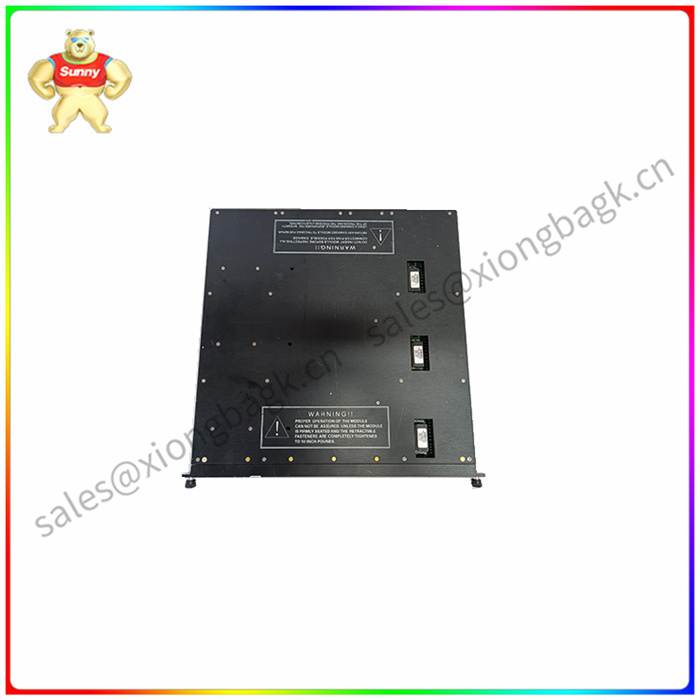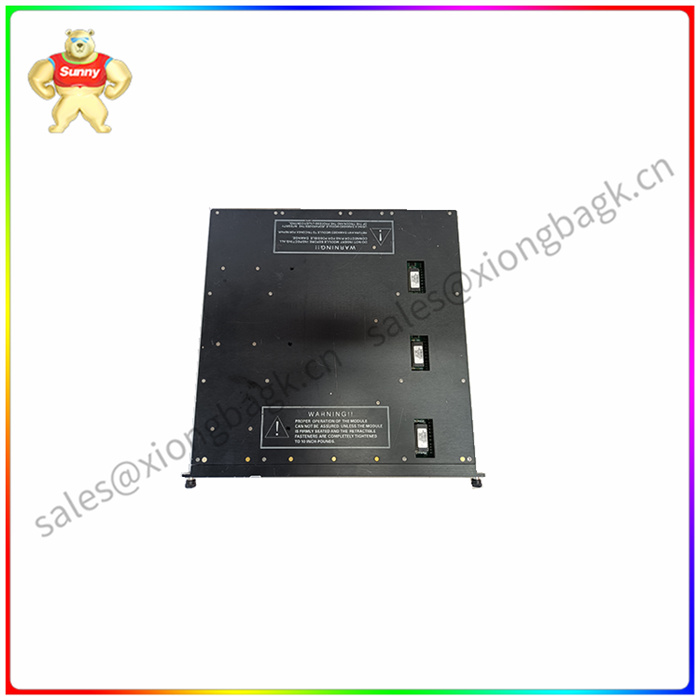TRICONEX 3615E 工控自动化备件卡件模块
保护系统从20世纪60年代开发,以气动和继电元件为主。到70年代,由简单的继电器系统发展为微处理器和可编程序调节器(PLC或PC),并且由单回路系统发展为冗余系统和容错系统。SIL3度等级是石油化工行业的高等级。而新等级的产品则符合SIL4的要求。
从70年代开始产生于航空领域的三重冗余多数表决机制(TMR, Triple Modular Redundancy)开始用于系统。90年代,国外一些大公司推出三重化(TMR)、冗错功能的系统
如美国Woodward公司的Micro Net TMR系统、Triconex公司的Tricon系统、Honeywell公司的FSC系统、英国ICS Triplex公司的Regent系统等。目前控制工程网版权所有,三重冗余和两重冗余两分天下。近期又有CPU的四重冗余(QMR,2oo4D)技术和软件冗余技术出现,如HIMA的H41q/H51q系统。容错机制是指一个和多个元件或部件出现故障时系统仍能继续运行的能力。容错系统能发现故障并排出故障的影响。新型SIS(如TRICON)可以实现系统所有部件和部分相关设备故障的容错特性。容错手段主要是冗余、自诊断和在线维护修理。

The protection system was developed from the 1960s and is dominated by pneumatic and relay components. By the 1970s, from simple relay systems to microprocessors and programmable regulators (PLC or PC), and from single-loop systems to redundant systems and fault tolerant systems. SIL3 grade is the highest grade in the petrochemical industry. The new grade meets the requirements of SIL4.
From the 1970s onwards, Triple Modular Redundancy (TMR), developed in the aviation industry, was used in the system. In the 1990s, some large foreign companies launched triple (TMR), redundancy and error functions of the system
Such as the United States Woodward company's Micro Net TMR system, Triconex company's Tricon system, Honeywell company's FSC system, British ICS Triplex company's Regent system and so on. All rights reserved. Triple redundancy and double redundancy. Recently, CPU quad redundancy (QMR, 2oo4D) technology and software redundancy technology have appeared, such as HIMA's H41q/H51q system. Fault tolerance refers to the ability of a system to continue to operate when one or more components or components fail. Fault tolerant systems can detect faults and troubleshoot their effects. New SIS (such as TRICON) can achieve fault tolerance for all components of the system and some related equipment. The main fault tolerance methods are redundancy, self-diagnosis and online maintenance and repair.





 QQ在线客服
QQ在线客服